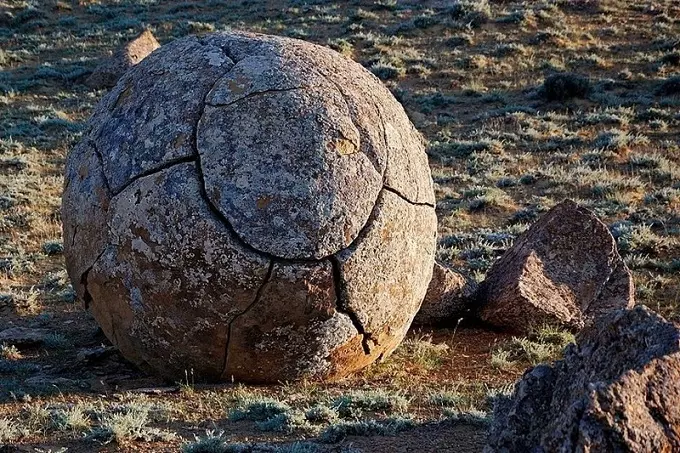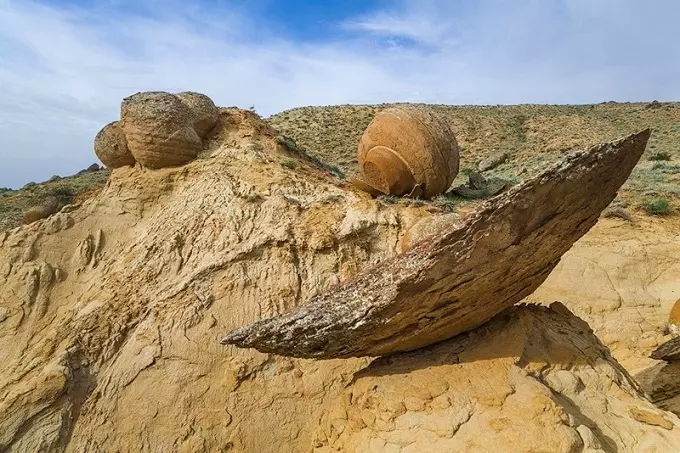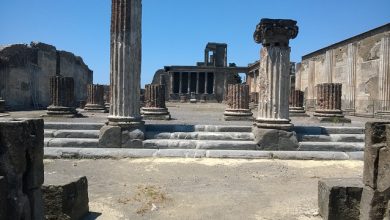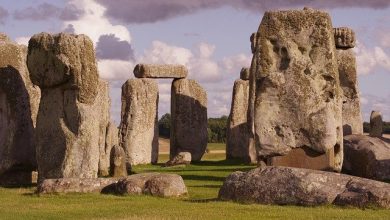Mysterious valley of balls in Kazakhstan

Nature is continuously posing enigmas for humans to solve, many of which are inexplicable even by today’s scientific understanding. One such location may be found in Kazakhstan and is known as the valley of balls.
On the Mangystau peninsula, experts have been trying to figure out for more than 250 years where the enormous fossils with an almost perfect round form first emerged and why they were there.
An explanation of the one-of-a-kind occurrence
The Valley of the Balls is undoubtedly the most magnificent destination the peninsula has to offer. Pebble-sized fossils may be seen dotting the otherwise featureless plain. The diameters of the samples may range from just a few centimeters to well over a meter in certain cases. You may come across others that are even larger. The hue also comes in a variety of various tones.

The balls were given the term “concretions” by the scientists who discovered them. Sand and clay make up the majority of their composition, which is that of sedimentary rocks. The appearance of fossils is continuously changing throughout time. They are deteriorating with time because of the wind’s effect on them.
Various theories attempt to explain the emergence of the phenomena
The people have a number of stories and myths that they identify with the valley. A historical myth states that the hostile individuals who invaded these regions were transformed into ball-like objects. According to another folktale, the batyr of Ersary formerly made his home in the valley. He was an enormous man who kept himself entertained by often fashioning spherical balls and firing them.

Ufologists believe that extraterrestrials were responsible for the formation of the concretions after they visited the plain. Other researchers in the field are certain that the region was strewn with bits and pieces of long-dead meteorites. Most researchers, on the other hand, point to natural causes whenever they discuss the genesis of a unique phenomenon.
One theory suggests that the balls came into being as a result of electrical discharges that were taking place in the areas where active tectonic faults were located. As a result of the rock being rotated, it eventually developed a rounded form.
There is still another variant of this. In ancient times, concretions could have formed if a nearby reservoir caused the plain to become inundated.

They were composed mostly of the decomposing remnants of very small creatures. After then, the snowball effect kicked in, and the foundation was progressively covered with successive layers of sand, clay, and other materials.
While researchers search for a single explanation, hundreds of curious visitors go to the Valley of the Balls to get a firsthand look at the natural phenomenon that has been described as a “joke from nature.” You may also read the living stones in Libya.




